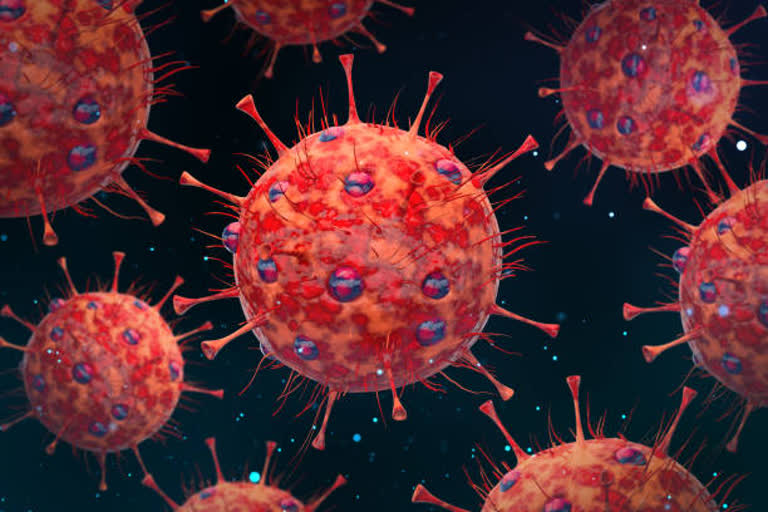Westminister (UK): Two new omicron subvariants, BQ.1 and BQ.1.1, are quickly gaining traction in the US, collectively accounting for 27 per cent of infections as of October 29. Both are descendants of BA.5, the omicron variant that has dominated around the world for some months. Although they appear to be most common in the US at this stage, BQ.1 and BQ.1.1 have also been identified in the UK and several countries in Europe, with the European Centre for Disease Prevention and Control (ECDC) having classified BQ.1 as a variant of interest.
Based on modelling estimates, the ECDC expects that by mid-November to the beginning of December 2022, more than 50 per cent of COVID infections will be due to BQ.1 and BQ.1.1. By the beginning of 2023, they could account for more than 80 per cent of cases. When we hear about new COVID variants, three key questions spring to mind: is it more transmissible compared with previous variants? Can it cause more severe illness? And can it escape our immune response? Let's take a look at what we know so far.
1. Are these variants more transmissible? Transmissibility refers to the capacity of a pathogen to be able to be passed from one person to another. This characteristic is determined by many factors relating to the pathogen, its host and the environment. At this stage, we have limited data on how transmissible these two new variants are. But BQ.1.1 appears to be highly transmissible, with social media reports calculating it took only 19 days to grow eight-fold from five sequences to 200 sequences. Although BQ.1 and BQ.1.1 currently comprise a small proportion of all COVID cases globally, in some countries the proportion of cases is increasing at a rate which suggests it's more transmissible than other circulating variants.
2. Can they escape our immune system? The ECDC suggests the observed increase in the growth rate of BQ.1 is probably driven mainly by immune escape. This refers to the virus' capacity to evade our immune response from prior infection or vaccination. BQ.1 and BQ.1.1 contain mutations to the spike protein, a protein on the surface of SARS-CoV-2 (the virus that causes COVID-19) which allows it to attach to and infect our cells. These mutations include K444T, N460K, L452R and F486V. BQ.1.1 contains an additional mutation, R346T, also found in the BA.5 variant.
Also read:Scientists identify ultra-potent antibody that can offset all Omicron variants
